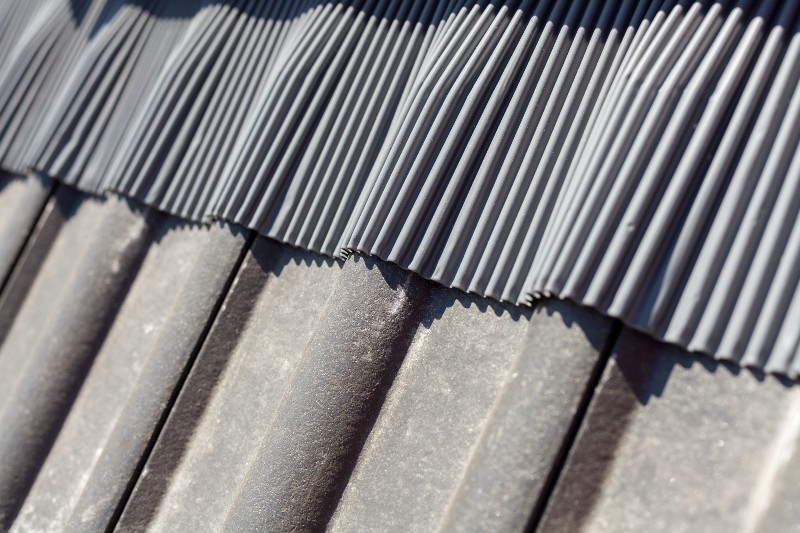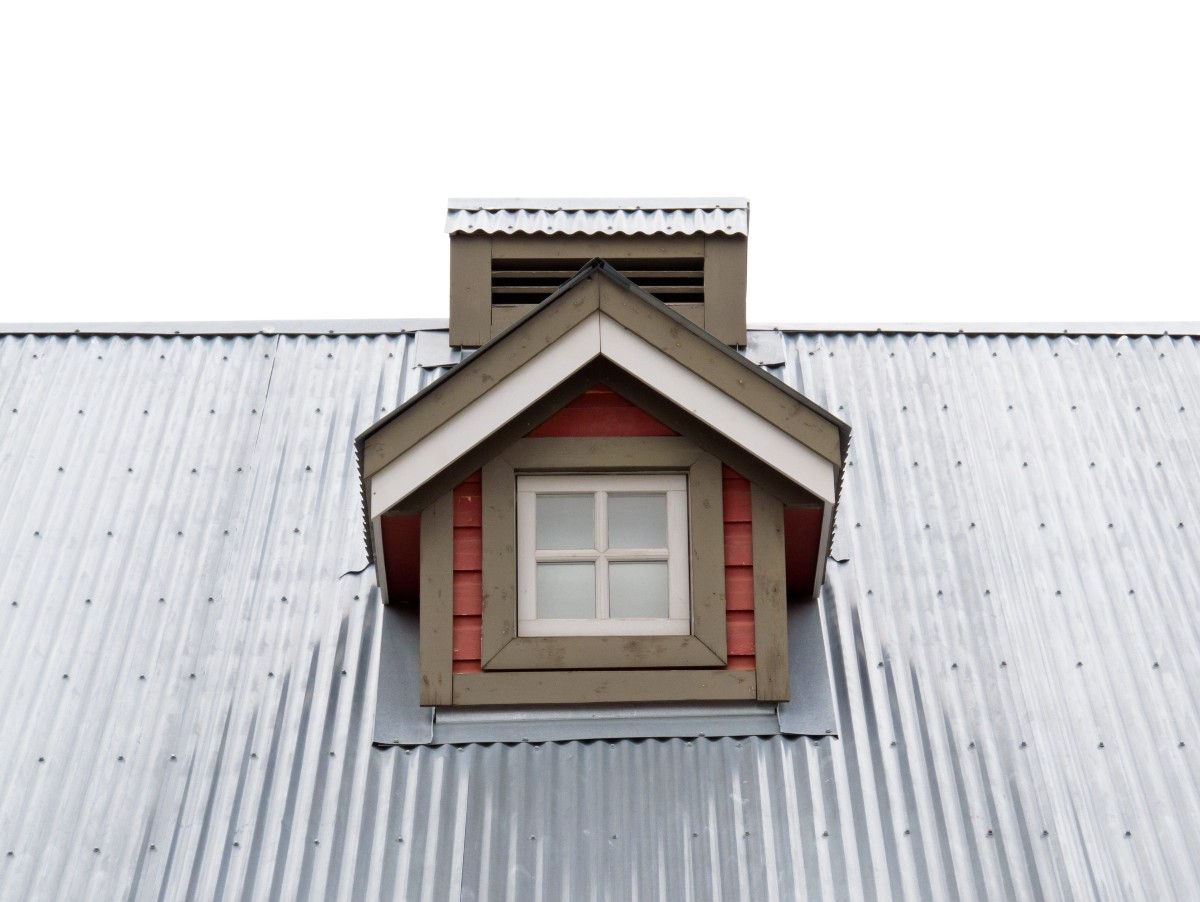Roof flashing helps direct water away from the fixtures and seams in your roof and home. With the right combination of flashing, your attic will stay dry, and your roof will remain in good condition for much longer. Read on to learn the different types of flashing roofers use to protect a roof from the elements.
What Is Roof Flashing?
A roof system requires metal flashings to weatherproof vulnerable areas where water penetration might occur. This includes eaves and rakes, pipe vents, skylights, walls, valleys and chimneys. When flashing is installed without attention to detail, leaks will inevitably occur.
To protect homes, it’s important to make sure flashing fits well around awkward areas. That’s why roofers use a combination of different types of flashing to make sure every single dip, valley, nook and cranny is protected from water penetration.
Roof Flashing Types
Continuous Flashing: Also called apron flashing, continuous flashing acts in a similar manner to, well, an apron. It is essentially a single piece of long metal that carries water down to the lower-lying shingles.
Base Flashing: Certain protruding roof features, such as chimneys, require multiple pieces of flashing to ensure that rain will always meet a flashing surface that will direct it downward. It can be difficult to install flashing around a chimney, but knowledgeable roofers are able to use base flashing to do the job right.
Counter Flashing: This type of flashing is placed above or opposite of base flashing as an extra measure to minimize the risk of leaks.
Step Flashing: This is generally a rectangular segment of flashing bent 90 degrees in the middle. It is typically used as an effective wall flashing. In this instance, several strips of flashing will be installed as layers along with the shingles to ensure that water flows away from the wall.
Skylight Flashing: Some skylight manufacturers will include flashing with their products, while others require you to purchase it separately or create it yourself. Whatever the case, it’s important to add flashing to skylights to prevent water from leaking along the seams.
Valley Flashing: All open valleys on a roof should have metal flashing to protect this critical area from leaks.
Drip Edges: At the very edge of every roof, a thin metal flashing is added to help water to run off the roof without causing damage.
Kickout Flashing: Roofers typically need something to bridge the gap between step flashing and gutters. Kickout flashing is used to funnel water from the wall and into the underlying gutters.

Roof Flashing Materials
Easy to mold, aluminum flashing is a popular lightweight flashing material. It’s important to note, however, that aluminum needs a protective coating if it is going to be used with concrete or masonry since plain aluminum degrades when contacted by alkaline surfaces.
Commonly found around chimneys, copper roof flashing is quite malleable, highly durable and takes soldering well. It also has a longer lifespan than aluminum. That said, it will develop a patina over time, which can bother some homeowners.
The most popular flashing material, steel offers good aesthetic value and malleability. When galvanized, steel flashing is corrosion-resistant, which is another big reason it is preferred by so many homeowners.
Protecting Your Home
Without the right combination of flashing, your roof will leak over time. Many homeowners are horrified to learn that even subtle leaks can lead to catastrophic mold infestations that cost thousands of dollars to fix. Unfortunately, it’s not uncommon for roofing contractors to apply flashing without proper attention to detail.
Make no mistake, determining the appropriate combination of flashing for a home is no easy task. What’s more, it takes years of experience to properly choose, cut, mold and fasten flashing in all the right spots to protect vulnerable areas from slow, destructive leaks. That’s why most Colorado homeowners turn to the professionals at A to Z Roofing for help.
To get a free estimate on your next commercial or residential roofing project, contact us today!

